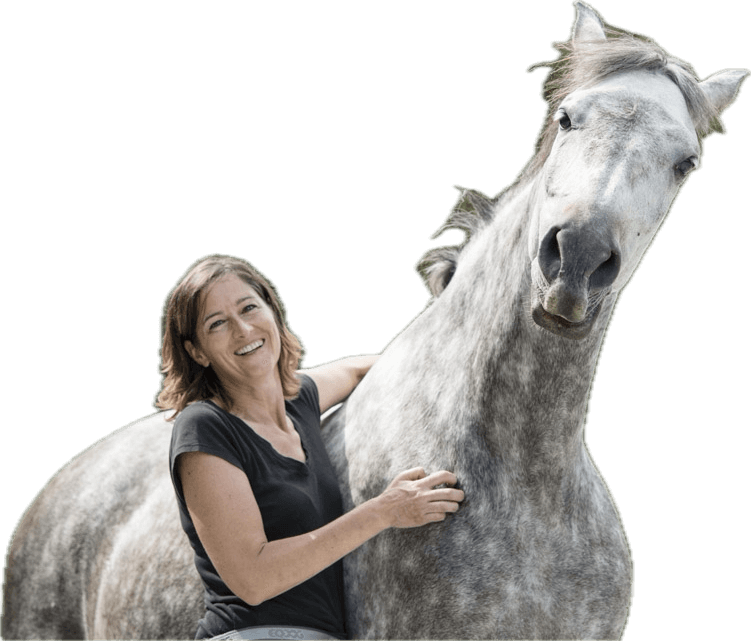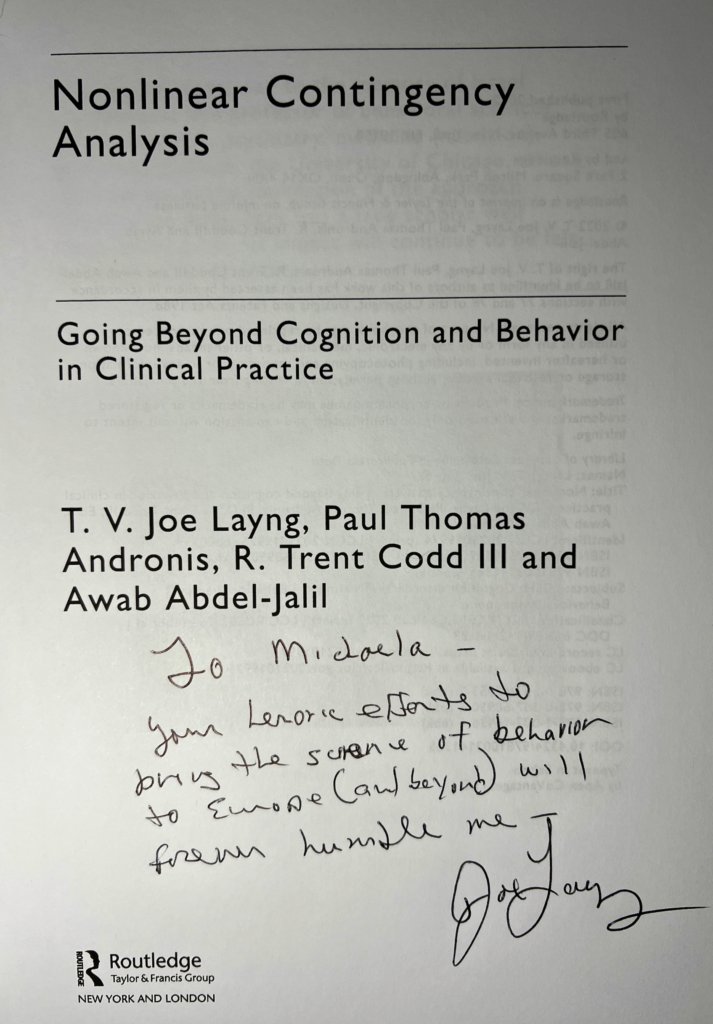A dream came true, and you finally found the horse of your life. You are best friends who understand each other perfectly and communicate through a whisper.
Except that you suddenly find yourself stuck with more challenges than you can handle. The communication is a lot louder than you imagined – if it works at all.
Horses often come to us with massive baggage of good and bad experiences, which begin to reveal themselves after settling into the new environment.
Sometimes problems become apparent when you transition to clicker training. You shower your horse with kindness and love, and all you get in return is a loud “NO.” That’s very frustrating.
On top of that, horse people around you will tell you how well the horse behaved before you started clicker training and turning him into a “monster.”
Who wouldn’t doubt the transformational power of clicker training?
But this reaction from your horse makes total sense and can be expected.
B. F. Skinner writes in ‘Science and Human Behavior’ (p. 189):
The most important effect of punishment, then, is to establish aversive conditions which are avoided by any behavior of “doing something else”. […] Sometimes it is merely “doing nothing” in the form of actively standing still. [… ] If punishment is discontinued, the (previously punished) behavior may emerge in full strength.
B. F. Skinner
When I met Blondie, she was “actively standing still” a lot. Everyone who knew her would describe her as “well behaved.” When I started clicker training, she began expressing herself, and “No” was a frequent reply to my questions. Some of her expressions were outright dangerous.
To deal with these problems, I focussed on building NEW repertoires.
The lesson plans that I designed for Blondie are built on what I learned from my teachers Alexandra Kurland, Mary Hunter, and Jesús Rosales-Ruiz, using a constructional approach, which behavior analyst Israel Goldiamond developed.
In his influential article “Toward a Constructional Approach to Social Problems: Ethical and Constitutional Issues Raised by Applied Behavior Analysis,” Goldiamond describes the constructional approach.
The constructional approach
In a constructional approach, the solution to a problem lies in the careful construction or reinstatement of behavioural repertoires or their transfer to new situations. Even the most disturbing or bizarre behaviour is considered rational and makes sense to the individual.
“The rat is always right.”
B.F. Skinner
In contrast, a pathological approach focuses on alleviating or eliminating a problem. Such approaches often consider the problem in terms of pathology and assess the behavior as maladaptive.
In his article, Israel Goldiamond describes it like this:
The focus is on the production of desirables through means which directly increase available options or extend social repertoires, rather than indirectly doing so as by a by-product of an eliminative procedure. Such approaches are constructionally oriented; they build repertoires.
Israel Goldiamond
It may be easier to understand listening to Israel Goldiamond directly. There is a series of videos available on Youtube, where he explains the approach.
Elements of a constructional program:
Four main questions describe the program.
- Where do you want to go from here?
- Where are you now?
- How can you get there?
- What keeps you going?
We used this constructional approach in the cribbing study. Contrary to the pathological approach that considers cribbing maladaptive and assumes there is something wrong with the horse, we consider it an adaptive behavior responding (sensibly) to the environmental conditions.
To find a solution, we focus on building new behavioral repertoires.
The same applies to Blondie’s general training, where I use the constructional questionnaire to develop my training plan. This way, Blondie learned, among other things, to self-halter, to walk calmly on the lead rope, tacking up, and we are developing gymnastically valuable exercises.
If you want to find out more about how I implemented this approach in Blondie’s training, then continue reading here…

Michaela Hempen
Happy horses make happy people.


